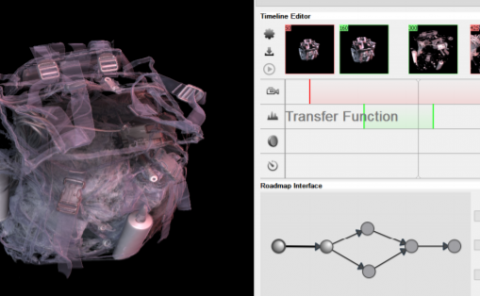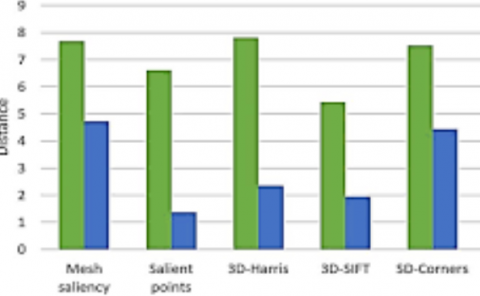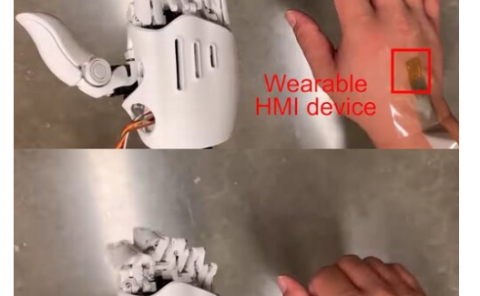Three-Dimensional Skin Deformation as Force Substitution: Wearable Device Design and Performance During Haptic Exploration of Virtual Environments
PubDate: Feb 2017
Teams: Stanford University
Writers: Samuel Benjamin Schorr ; Allison M. Okamura

Abstract
Virtual reality systems would benefit from a compelling force sensory substitute when workspace or stability limitations prevent the use of kinesthetic force feedback systems. We present a wearable fingertip haptic device with the ability to make and break contact in addition to rendering both shear and normal skin deformation to the fingerpad. A delta mechanism with novel bias spring and tether actuator relocation method enables the use of high-end motors and encoders, allowing precise device control: 10 Hz bandwidth and 0.255 mm RMS tracking error were achieved during testing. In the first of two experiments, participants determined the orientation of a stiff region in a surrounding compliant virtual surface with an average angular error of 7.6 degree, similar to that found in previous studies using traditional force feedback. In the second experiment, we evaluated participants’ ability to interpret differences in friction. The Just Noticeable Difference (JND) of surface friction coefficient discrimination using our skin deformation device was 0.20, corresponding with a reference friction coefficient of 0.5. While higher than that found using kinesthetic feedback, this demonstrates that users can perceive differences in surface friction without world-grounded kinesthetic forces. These experiments show that three DoF skin deformation enables both stiffness and friction discrimination capability in the absence of kinesthetic force feedback.



